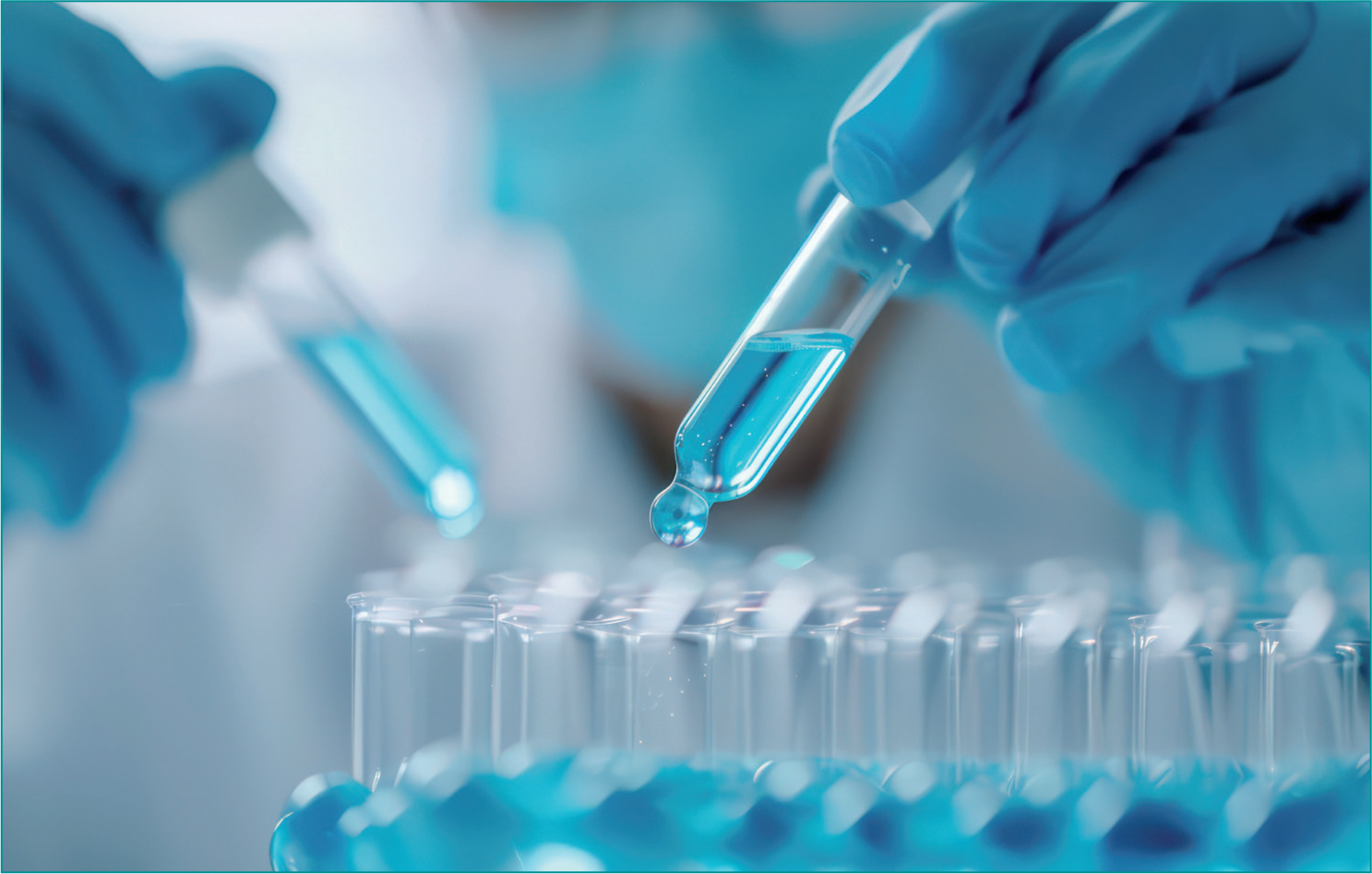The scientific literature has abundant accounts of human volunteers participating in medical experiments, but self-experimentation in a medical context is less well documented. By 2012, there were ‘465 documented instances of this practice, performed over the course of the past two centuries’ (Weisse, 2012), and self-experimentation had reached its peak in the first half of the 20th century, with eight deaths occurring.
For example, Pal et al (2015) describe the role of self-experimentation in helping to establish disulfiram – tetraethylthiuram disulfide (Antabuse®) – as a deterrent for patients with alcohol use disorders. First synthesised in 1881 by German chemist M. Grodzki, disulfiram was found to be useful in the vulcanisation of rubber, but ‘the distress among the workers involved in the processing of the substances after ingesting alcohol’ was recorded (Pal et al, 2015).
Later, in the 1940s, when the University of Copenhagen's professor of pharmacology Dr Erik Jacobsen (1903–1985) and Dr Jens Hald investigated the copper metabolism of intestinal parasites, they found that disulfiram could form chelates with copper and kill the organisms. With proof of disulfiram's vermicidal action in rabbits established, Jacobsen tried disulfiram on himself, finding that ‘disulfiram tablets really changed the effect of alcohol in a most unpleasant direction’ (Pal et al, 2015). When Jacobsen's collaborator Hald reported the same effect ‘they thought of using the substance in treating patients with alcohol use disorder’ (Pal et al, 2015). NHS (2024) advice notes that disulfiram is one of several medications recommended by the National Institute for Health and Care Excellence to treat alcohol misuse, which include acamprosate, naltrexone, and nalmefene.

A second, possibly better known, instance of self-experimentation occurred in the 1980s. On Wednesday 14 April 1982, colonies of the bacterium Helicobacter pylori – which causes most stomach ulcers and is implicated in the development of stomach cancer – were seen for the first time (Goodwin, 1993), 3 years after pathologist Dr Robin Warren at the Royal Perth Hospital, Australia, observed spiral-shaped bacteria while examining a stomach biopsy sample from a patient with dyspepsia. Goodwin (1993) reports: ‘The culture of H. pylori was not an accident, as stated by some; but we were fortunate in Perth that a 5-day Australian holiday occurred during our project, and so proved that “chance favours the prepared mind”.’
Determined to prove that H. pylori infection causes gastritis, in July 1984 Warren's co-researcher Dr Barry Marshall drank a culture of H. pylori. A biopsy taken a week later confirmed that Marshall had gastritis, complete with spiral bacteria (Marshall, 1989).
Twelve years after the report by Weisse (2012) is the case of virologist Dr Beata Halassy, who discovered in 2020, aged 49, that she had stage 3 breast cancer at the site of a previous mastectomy. Corbyn (2024) explains how Halassy decided to self-administer a treatment called oncolytic virotherapy (OVT) to help treat her condition, and as of 2024 she remains cancer-free. OVT, notes Corbyn (2024), is an emerging field of cancer treatment that deploys viruses in two ways: to attack cancer cells and to provoke an immune response against the cancer cells.
While most OVT clinical trials thus far have been undertaken in patients with late-stage, metastatic cancer, the last few years have seen a focus towards earlier-stage disease. Halassy ‘chose to target her tumour with two different viruses consecutively – a measles virus followed by a vesicular stomatitis virus’ (Corbyn, 2024).
Finally, a biscuit-themed approach to self-experimentation was reported by Norwitz and Cromwell (2024). Individuals identified as ‘Lean Mass Hyper-Responders’ (LMHRs) produce increased concentrations of low-density lipoprotein cholesterol (LDL-C) when consuming carbohydrate-restricted diets. The researchers sought to test the hypothesis that feeding carbohydrates – in the form of Oreo biscuits – to Dr Nick Norwitz, an LMHR subject on a ketogenic diet, would lower LDL-C concentrations by a similar, or greater, magnitude than high-intensity statin therapy.
Their conclusion was that ‘[i]n this case study experiment on a LMHR on a ketogenic diet, Oreo cookie supplementation lowered LDL-C by 273 mg/dL over 16 days, a 71% drop, as compared to a smaller 137 mg/dL peak reduction, a 32.5% drop, with 6 weeks of high intensity statin therapy.’
The observations of Weisse (2012) – that self-experimentation had reached its peak in the first half of the 20th century – may need to be revisited in the light of recent reports suggesting that self-experimentation continues to be favoured by some researchers.

